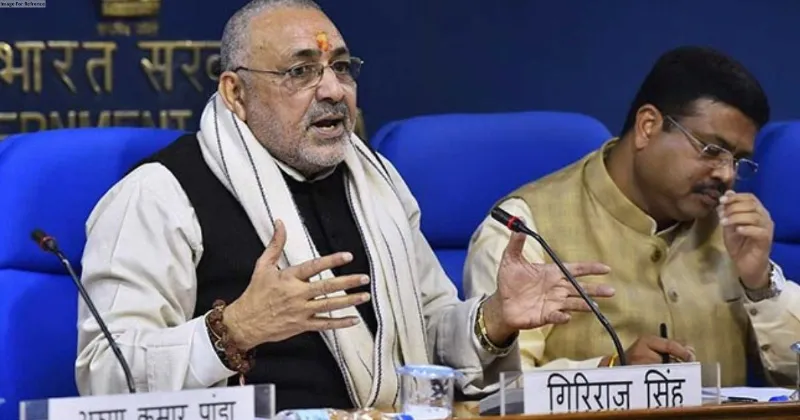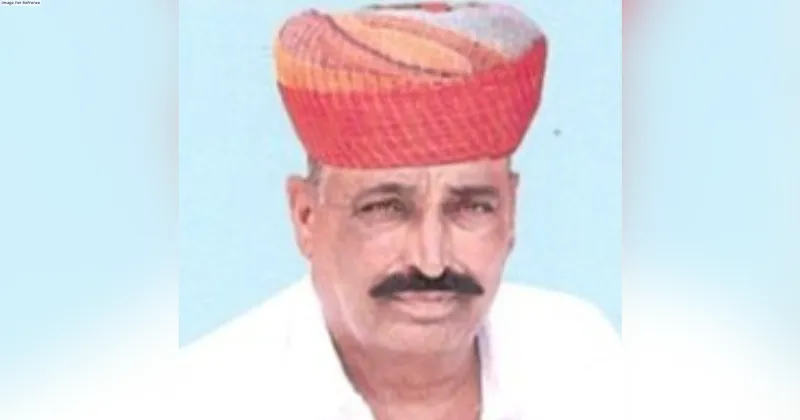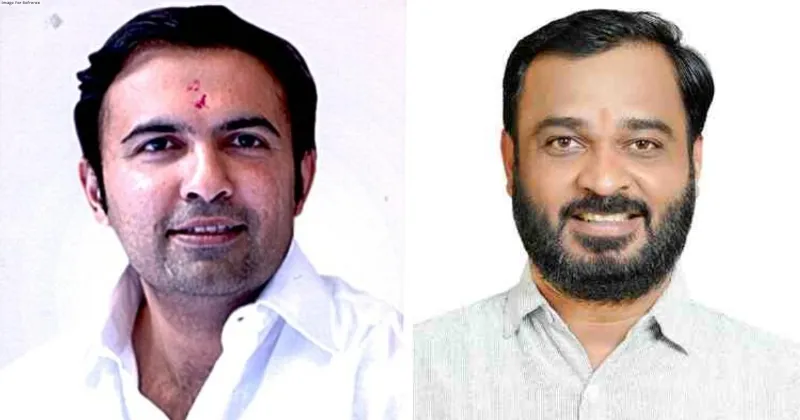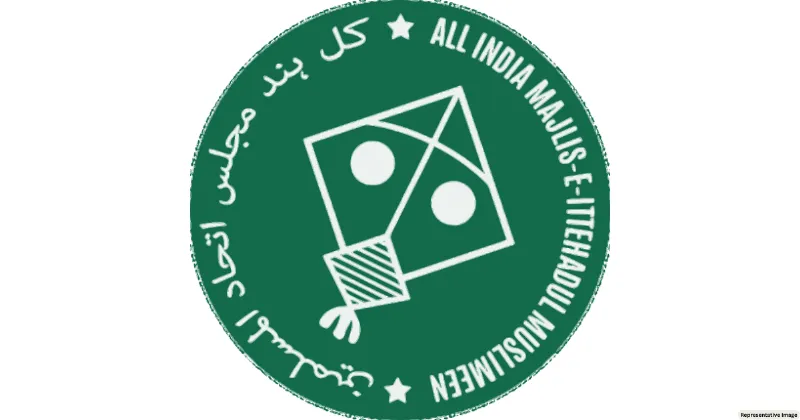Latest News
Association of Iron-deficiency ANEMIA IN KIDS with febrile seizure

In this research work done in Rajasthan’s JK Lone Hospital, it was found that children who come with febrile convulsions have some relationship with iron deficiency anemia and iron deficiency in the body. This research work has also been published in the Indian Journal of Applied Research. Seizures in fever are such a problem that always worries the parents.
Febrile convulsions are a common condition that affects young children, typically between the ages of 6 months and 5 years. They occur when a child develops a fever, usually as a result of an infection, and the fever triggers a seizure. Febrile convulsions can be frightening for parents to witness but do not cause any long-term harm. The chance of future epilepsy is only 1 to 2%.
The problem occurs in 2-5% of children. At the age of six months to five years, seizures with fever are usually present, in this, when children have fever, then the child becomes unconscious along with jerks in the hands and feet. Most of them come at the age of 1-2 years. Apart from hemoglobin in the body, iron is a major component of brain metabolism and many enzymes. That’s why iron deficiency increases the chances of seizures in children.
In the research work, two groups of 80-80 children were made and one group was of children having seizures with fever and the other group was of children with fever who did not have seizures. It was found that children who had seizures were found to be iron deficient.
MOST COMMON SYMPTOMS
The most common symptoms of febrile convulsions include shaking or twitching, loss of consciousness, and sometimes, loss of bowel or bladder control. These symptoms usually last for just a few minutes and then subside on their own. Neither anti-seizure medication nor anti-fever medication is recommended to prevent further febrile seizures. Efforts to rapidly cool the child’s body during a seizure have not been extensively studied but are not recommended. The long-term outcome of children with febrile seizures is generally excellent with similar academic achievements to other children.
Febrile convulsions can be scary, but they are generally not serious and do not cause any long-term harm. With proper care and attention, your child should recover quickly and be back to their normal self in no time.
One in every 20 children will have one or more febrile convulsions. A febrile convulsion is not epilepsy and does not cause brain damage. Around 30% of babies and children who have had one febrile convulsion will have another. There is no way to predict who will be affected or when this will happen.
GENETIC
There is evidence that many children with febrile seizures have a genetic predisposition to have febrile seizures. If a child with a febrile seizure has an identical twin (monozygotic), the twin is much more likely to also have a febrile seizure than if the twin is non-identical (dizygotic). First-degree relatives (mother, father, sibling) of a child with febrile seizures have a risk of 10–15% of having a febrile seizure compared with the general risk in the population of only 3–4%.
If your child experiences a febrile convulsion, there are a few things you can do to help:
- Stay calm. Although it can be scary to see your child having a seizure, remember that febrile convulsions are not usually serious and will pass on their own.
- Protect your child from injury. Move any objects that your child might bump into out of the way, and gently hold your child to prevent them from falling.
- Monitor your child’s breathing. Make sure your child is breathing normally and that their airway is clear.
- Take your child’s temperature and give them medication if necessary. If your child’s fever is high, you can give them acetaminophen or ibuprofen to bring it down.
- Seek medical attention if necessary. In most cases, febrile convulsions do not require medical treatment. However, you should call your doctor if your child has a prolonged seizure (more than 5 minutes), if they have difficulty breathing, or if they have another seizure soon after the first one.
It is said that anemia due to iron is a common problem and we can easily get rid of the problem by supplementing iron and not only it removes anemia in children but also helps in preventing seizures. If this happens, we should give iron supplements to the children and keep checking their iron status from time to time. — DR ASHOK GUPTA, JK Lone Hospital
REASSURANCE FOR PARENTS ABOUT FEBRILE CONVULSIONS
- Children suffer no pain or discomfort during a fit.
- A febrile convulsion is not epilepsy. No regular drugs are needed.
- A short-lived fit will not cause brain damage. Even a long fit almost never causes harm. Children who have had a febrile convulsion grow up healthy.
- If you have concerns or questions, contact your doctor. In an emergency, take your child to the nearest hospital emergency department.
- There is a medication called Midazolam that is sometimes recommended for children who have a history of febrile convulsions lasting longer than 5 minutes. Most children do not require this medication. If you would like more information about this treatment, you should talk with your doctor.
DR YOGESH YADAV The writer is a senior child specialist & Associate Professor at JK Lone Hospital & DR GOVIND CHAUDHARY The writer is a resident doctor at JK Lone Hospital





















